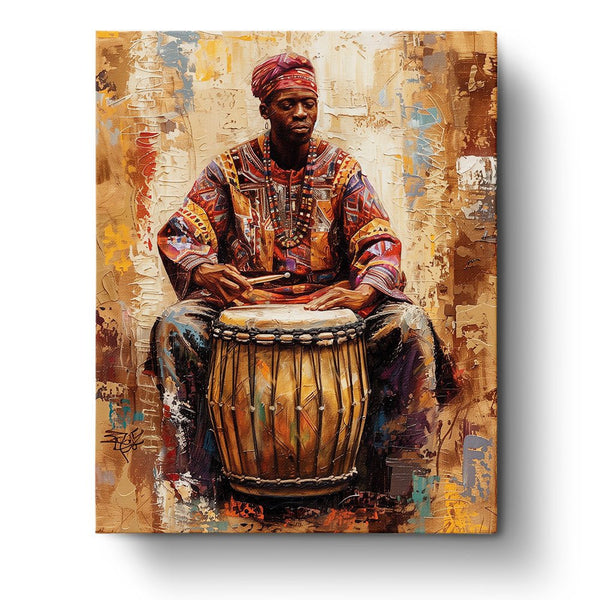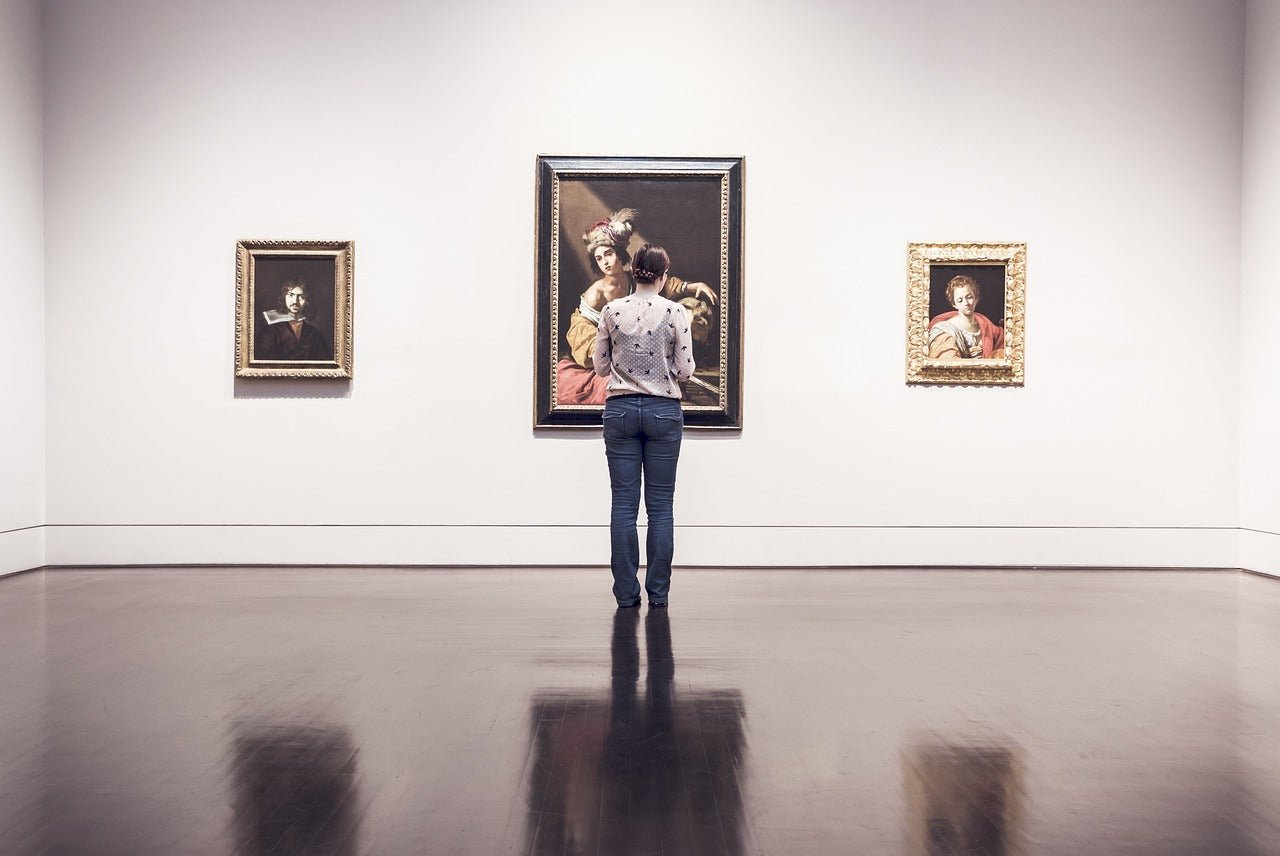
Art 101: Is It Possible to Appreciate Art Without Liking It?
Most of us have been artists our whole lives. When people talk about appreciating art, they're using a very specific term: they mean to say that you can appreciate something without liking it or understanding its meaning. And that's true! Some pieces of art don't make sense until after we've looked at them with fresh eyes—but there are other ways we can benefit from looking at things, even if we don't like them.
Sometimes our dislike of an artist or piece of work is what makes us appreciate their work more than ever before once we have time to let go of our initial feelings about it. So, let us discuss more about the possibility of appreciating art without actually liking it. Read more to know more!

You don't have to like every piece of art.
It's important to remember that art is subjective. Everyone has their own opinion about what makes for a good piece of art and how they feel about it. You can appreciate an artist for creating something you like, or you can appreciate them for creating something different than what you would normally see in your everyday life.
It’s okay if you don’t like everything; we all have different tastes!
The purpose of art is not to make you think, feel, or react in any particular way. It’s simply meant to be experienced. Some pieces may evoke strong emotions like anger, sadness, and joy; others may leave you wondering what the artist was trying to convey with their work.
This dislike can sometimes be based on not understanding the meaning.
If you don't understand the meaning of a piece, it can be quite challenging to appreciate it. For example, if you look at a piece of art and think "I don't get it," then perhaps there is no way for you to truly appreciate the work. In this case, there might be another reason for your dislike: not understanding how something works on an emotional level.
If someone has tried their best to explain the meaning behind a work but still hasn't been able to convince you that they're right—or worse yet, if they've tried but failed miserably—then maybe they weren't trying hard enough because they didn't know how best to approach this issue in general terms. Maybe instead of just focusing on what we think about specific elements within each work (like colors), we should start thinking more holistically about all three elements together.
On the other hand, if you do understand a piece's meaning but still don't like it, then perhaps there are some deeper reasons why this might be happening.

Sometimes, we just don't like particular styles of art.
We can still appreciate it and learn from it, though!
It's not that your tastes are wrong, it's just that you're looking at things through the wrong lens. If you're not a fan of abstract paintings and instead prefer realistic imagery, then maybe you should try taking some time to see if there is something about this style that resonates with you in some way (or if perhaps there's a piece in which the subject matter seems more interesting).
As art lovers, we must take note that there are instances where we appreciate an art piece even though the style or technique is not our niche or what we like. And even though these works aren't what people usually associate with "good" contemporary art (or even old masters), they still have their own merits as pieces worth seeing—and learning from!
We can find something beneficial from a piece, even if we don't like or understand it.
You can appreciate the art without liking it.
In the Art 101 series on the website, we learned about how to appreciate art by appreciating the artist, their period and culture, medium, and technique. On the other hand, what if there are pieces you don't like but still find something valuable in them? For example, maybe you're not a fan of abstract styles or paintings with bright colors—but could learn from them. Or maybe you hate modernist paintings but understand how they can be useful for understanding certain periods in history.
Still, some pieces may be so abhorrent that it's impossible to find value in them. Maybe there is no technique worth learning from them; maybe their meaning is so out of touch with your worldview that you don't know how to appreciate their place within a canon.

It's okay to not like a piece of art, and you can still benefit from looking at it.
It's okay to not like a piece of art, and you can still benefit from looking at it. People who are passionate about art will often tell you that they don't like some pieces, but they see value in looking at them nonetheless. For example, if you love classical music but dislike contemporary pop music (or vice versa), there's still something to learn from each genre and how it was made.
It can also be fun to get acquainted with new artists—and even more interesting if they're not well-known yet! You might end up discovering someone whose work is more similar than different from yours; this is especially true when comparing modernists' styles with those of earlier eras or cultures.

What is the difference between liking and appreciating?
Liking is a personal preference. Appreciating is more objective, and it's about the piece itself.
Appreciating involves looking at the quality of the piece—what makes it good or bad? The techniques used to create that piece are also important to appreciate (if you don't know how someone made their art, ask!).
Appreciating is not about the artist. You might like a piece because it was made by someone you admire or someone who shares your values. But appreciating has nothing to do with who made the art—only how it's done.

What is Art Criticism?
Art criticism is the analysis and evaluation of art. It's a form of art writing that offers a judgment (positive or negative) or interpretation of a work of art. To be considered an art critic, you don't have to be an expert on painting, sculpture, or drawing—although it helps if you know your way around some kind of visual media!
Art critics can take many forms: they may be employed by newspapers and magazines; they might have websites where they post reviews; they might also just be freelancers who write online whenever they feel like it.
The key to good criticism is a thorough understanding of what makes something art. This can sometimes be difficult to determine, as there are many different types and styles of art out there. This aspect of artistic pursuits helps you determine whether you appreciate an art piece or not.

What is Art Appreciation?
Art appreciation is the study of art, usually in a fine art context, and the activity of being appreciative of art. Appreciation is different from criticism or evaluation. The latter terms imply an evaluation based on observation or experience; however, appreciation does not necessarily involve such activity as appraisal, evaluation, or judgment.
Art appreciation may be understood as a way of looking at or thinking about art that does not necessarily involve a detailed or technical description of the work (such as its materials). Rather than focusing on what makes something “good” according to some set criteria (e.g., “good composition”), it emphasizes how we respond emotionally and intellectually while engaging with visual representations through our senses.
Art appreciation is often studied in primary and secondary school as a means of introducing students to art and its importance to society and culture. Art appreciation can also be learned informally, for example through the Internet or by reading books and magazines. Some formal programs are offered in museums, universities, and community colleges, as well.

Conclusion
If you are one of those people who can appreciate art without actually liking it, then this post is for you. We know it can be hard to accept that people will like something you don’t like but we hope that by reading this we have helped some of our readers understand why appreciation happens and how they can feel better about their appreciation. Remember—it’s all about finding what works for your tastes!





